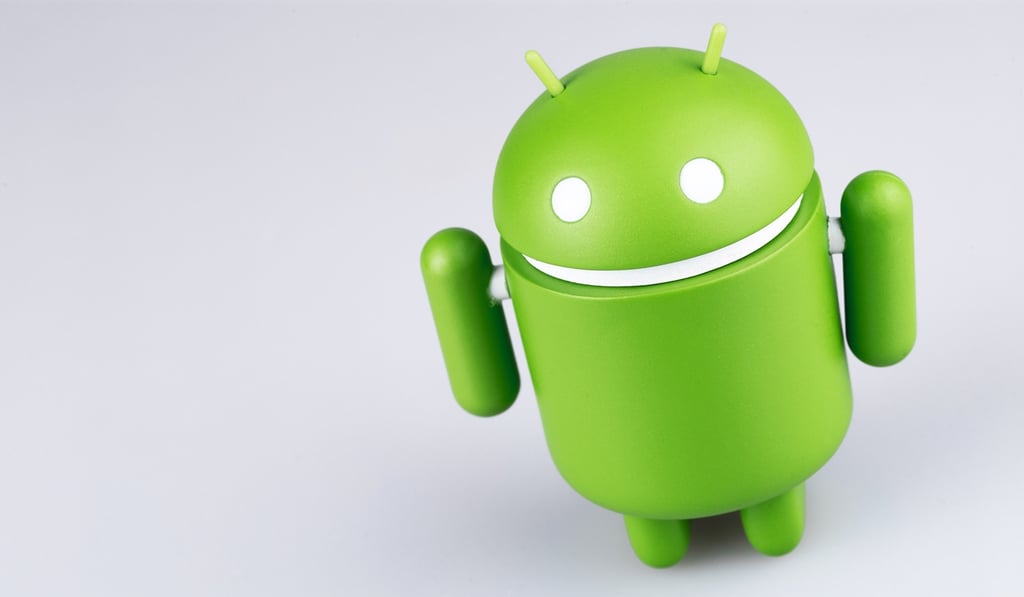Oracle is out this week with a new release of its Virtual Desktop Infrastructure (VDI) software. The new VDI 3.3 release expands both the deployment options and performance for enterprises looking to virtualize their desktops. The VDI 3.3 release is also the first from Oracle that is supported on Oracle Linux. “The Oracle Virtual Desktop […]
Datamation content and product recommendations are
editorially independent. We may make money when you click on links
to our partners.
Learn More
Oracle is out this week with a new release of its Virtual Desktop Infrastructure (VDI) software. The new VDI 3.3 release expands both the deployment options and performance for enterprises looking to virtualize their desktops.
The VDI 3.3 release is also the first from Oracle that is supported on Oracle Linux.
“The Oracle Virtual Desktop Infrastructure (VDI) product came to Oracle through the Sun acquisition and was originally built on top of Oracle Solaris,” an Oracle spokesperson said in an email sent to InternetNews.com. “This release is the first opportunity that our resources and schedule allowed us to add support for Linux.”
Overall, Oracle has a dual OS strategy that includes enabling their customers to deploy VDI on both Oracle Linux and Oracle Solaris. The spokesperson explained that any mixture of Oracle Linux or Oracle Solaris servers can be used interchangeably in the same deployment. And the deployment as a whole can deliver desktops based on various versions of Windows, Oracle Linux, Oracle Solaris, Ubuntu, or even Windows Terminal Services.
Going a step further, if a user has multiple monitors they can have multiple virtual desktops running at the same time, using, for example, Windows XP and Windows 7 or Ubuntu and Windows.
In terms of the underlying VDI technology transport, Oracle is using its ALP (Appliance Link Protocol) out to the end user device. Oracle’s spokesperson noted that ALP is optimized for LAN or WAN links, and handles high latency connections extremely well. The ALP support has also led to a 92 percent reduction in the bandwidth needed for audio.
“If a user is on a PC and has not installed the Oracle Virtual Desktop Client, Oracle Virtual Desktop Infrastructure also supports direct connections from RDP clients, but with reduced functionality,” the spokesperson explained.
Oracle is also extending VDI control out to the Apple iPad by way of a new iOS app. The VDI app isn’t a browser-based solution, but rather it is a native Objective C app for IOS. “Oracle products are enterprise scale and integrated,” the spokesperson said. “What this means is that we’ll be driving even further upwards in terms of scale, while providing more integration with other Oracle technologies.”
Sean Michael Kerner is a senior editor at InternetNews.com, the news service of Internet.com, the network for technology professionals.
-
Huawei’s AI Update: Things Are Moving Faster Than We Think
FEATURE | By Rob Enderle,
December 04, 2020
-
Keeping Machine Learning Algorithms Honest in the ‘Ethics-First’ Era
ARTIFICIAL INTELLIGENCE | By Guest Author,
November 18, 2020
-
Key Trends in Chatbots and RPA
FEATURE | By Guest Author,
November 10, 2020
-
Top 10 AIOps Companies
FEATURE | By Samuel Greengard,
November 05, 2020
-
What is Text Analysis?
ARTIFICIAL INTELLIGENCE | By Guest Author,
November 02, 2020
-
How Intel’s Work With Autonomous Cars Could Redefine General Purpose AI
ARTIFICIAL INTELLIGENCE | By Rob Enderle,
October 29, 2020
-
Dell Technologies World: Weaving Together Human And Machine Interaction For AI And Robotics
ARTIFICIAL INTELLIGENCE | By Rob Enderle,
October 23, 2020
-
The Super Moderator, or How IBM Project Debater Could Save Social Media
FEATURE | By Rob Enderle,
October 16, 2020
-
Top 10 Chatbot Platforms
FEATURE | By Cynthia Harvey,
October 07, 2020
-
Finding a Career Path in AI
ARTIFICIAL INTELLIGENCE | By Guest Author,
October 05, 2020
-
CIOs Discuss the Promise of AI and Data Science
FEATURE | By Guest Author,
September 25, 2020
-
Microsoft Is Building An AI Product That Could Predict The Future
FEATURE | By Rob Enderle,
September 25, 2020
-
Top 10 Machine Learning Companies 2020
FEATURE | By Cynthia Harvey,
September 22, 2020
-
NVIDIA and ARM: Massively Changing The AI Landscape
ARTIFICIAL INTELLIGENCE | By Rob Enderle,
September 18, 2020
-
Continuous Intelligence: Expert Discussion [Video and Podcast]
ARTIFICIAL INTELLIGENCE | By James Maguire,
September 14, 2020
-
Artificial Intelligence: Governance and Ethics [Video]
ARTIFICIAL INTELLIGENCE | By James Maguire,
September 13, 2020
-
IBM Watson At The US Open: Showcasing The Power Of A Mature Enterprise-Class AI
FEATURE | By Rob Enderle,
September 11, 2020
-
Artificial Intelligence: Perception vs. Reality
FEATURE | By James Maguire,
September 09, 2020
-
Anticipating The Coming Wave Of AI Enhanced PCs
FEATURE | By Rob Enderle,
September 05, 2020
-
The Critical Nature Of IBM’s NLP (Natural Language Processing) Effort
ARTIFICIAL INTELLIGENCE | By Rob Enderle,
August 14, 2020
SEE ALL
ARTICLES
SMK
Sean Michael Kerner is an Internet consultant, strategist, and contributor to several leading IT business web sites.







